When you are struggling with a naughty puppy, or trying to cope with a difficult adult dog, you can feel very alone. It can be

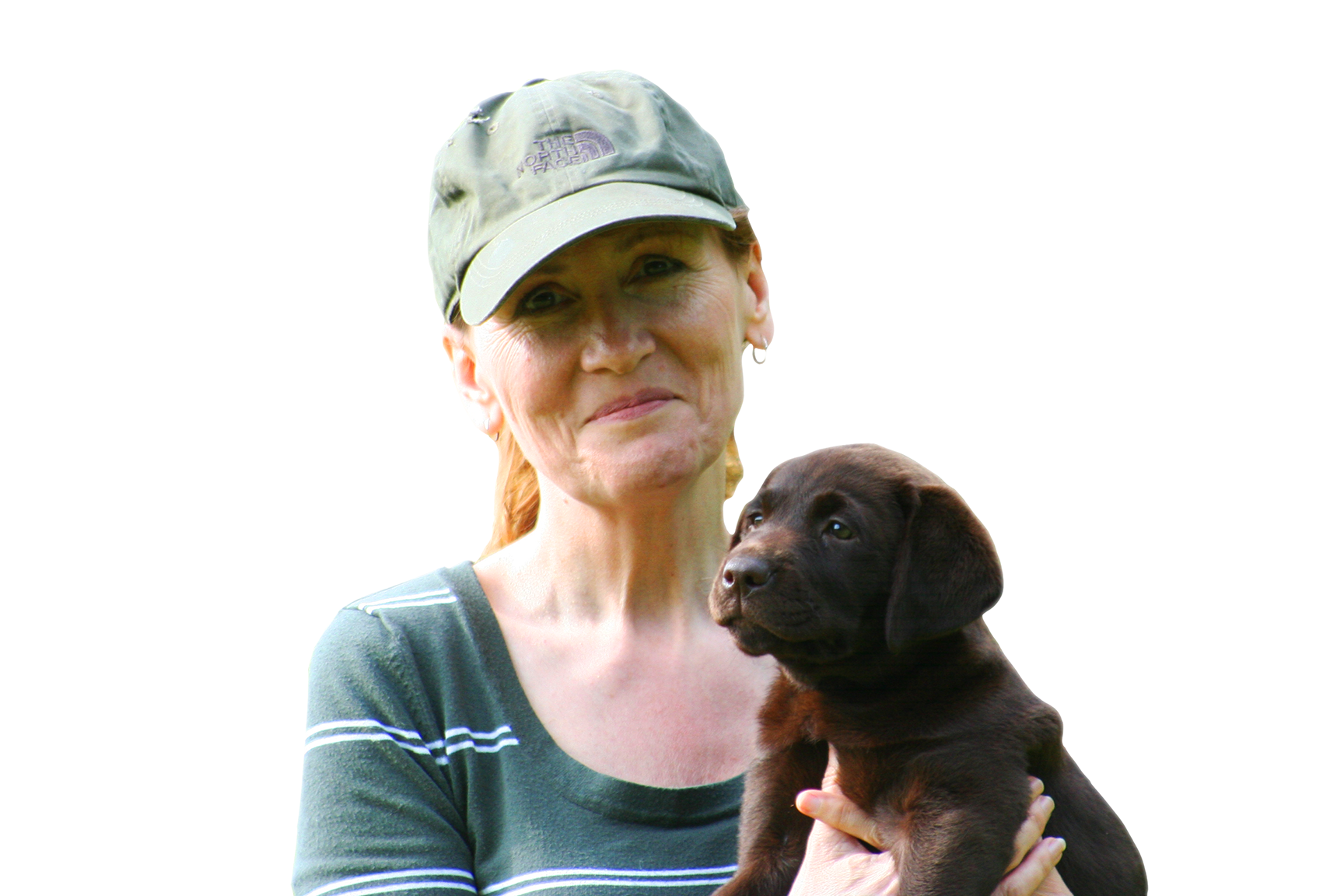
Puppy training isn't a skill we are taught in school. Yet training your dog could be one of the most important jobs you ever undertake. Many new puppy parents are not sure where to start or how to succeed.
That all changes when you arrive on this page!
You’ll find answers to your puppy training problems, tips on how to train an older dog and when to get help. And most importantly tips on how to find the right kind of help, and avoid common beginners' mistakes.
Modern training teaches puppies through play. It take three fundamental concepts: the need for attention, confidence and safety, and teaches your new puppy these important skills in easy stages.
STEP 1: Attention
It’s a basic rule of education. You can’t teach a student that isn’t listening. Puppies are no different, and the very first games we play with our puppies are games that teach your puppy to pay attention to you.
STEP 2: Confidence
Puppies need to learn that everything around them is okay. They need to have confidence that you will come back when you leave them. And confidence that if they do what you want, they’ll get what they want.
STEP 3: Safety
The world can be a dangerous place for a small puppy. You need to ensure they don't get lost, scared, or hurt. Coming when called, and moving where you ask them to move are essential safety skills that all puppies need to learn.
Getting off to a great start with simple, game based training, is the foundation of the future relationship between you and your dog.
You’ll find the help you need right here, together with links to videos and online training courses. Plus you can subscribe to Pippa’s free emails by clicking on the Training Tips link below. Here are some trending articles that readers are enjoying today!

When you are struggling with a naughty puppy, or trying to cope with a difficult adult dog, you can feel very alone. It can be
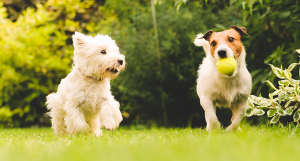
Here are 7 great ways to improve bad behaviors like door barging, in just a few days. We tend to think of dog training as
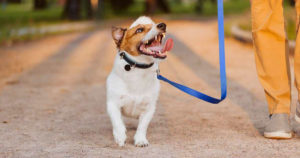
Expert Dog Trainer Liz London Brings You A Simple Yet Effective Guide To Successful Loose Leash Walking. Going for a walk with your dog is
Most dogs that end up in animal shelters have had little or no obedience training. There is no doubt that training could save your dog’s life and save you a lot of heartache.
A well trained dog is just so much more pleasant to live with.
Who wants a bad mannered housemate that shoves you around, doesn’t listen to anything you say and steals your stuff?

Puppies pee and poop a lot! Potty training teaches your puppy where to eliminate, and a good potty training system helps you manage your puppy

When I reflect on how I felt during my dog’s puppy period, the answer is easy: I was very, very tired! Puppies sleep a lot,

Learning how to teach a puppy not to bite can seem like a big deal, but with my tips and advice you’ll have this problem
Many puppy parents find training harder than they expected. That's because the winning methods are not widely understood. Most families have a dog in their lives, yet rather like raising kids, no-one teaches you in school how to do this. We just muddle through as best we can. Especially when it comes to training.
It needn’t be that way.
Training a dog can be the most fun experience imaginable. And it doesn’t stop once your puppy is grown up. Dog training can give you a life time of pleasure if you go about it in the right way. That means:

When a dog does exactly what you ask, with a happy face and a wagging tail, it’s simply the best feeling! Today we are going

Dog training is so much easier than it used to be twenty years ago. And so much more fun! So don’t let any previous bad

With the launch of Pippa Mattinson’s new force free Online Dog Training Courses, we take a look at how far our training techniques have come.
I love well behaved dogs, and I love to see people enjoying their puppies. A dog should enhance your life and bring you joy. Happily, that’s exactly what happens if you make a commitment to training your dog. And if train your dog the right way, it isn’t hard at all.
You won’t have to yell or hit your dog. You won’t need to electrocute your dog or stick prongs into his neck. Modern training is all done with smart training techniques and good quality rewards.
Modern puppy training is gentle, kind, and fun. So you can start from 8 weeks old when you bring your puppy home.
We start to train our puppies using a sequence of structured games, each one building on the last. Your puppy won't know that they are being trained at all! And the games only take a few minutes. Here's Polly and her friends to inspire you. And you'll find some training guides below the video to help you get started!
From puppy kindergarten to canine college, completing your dog's education is an awesome project. But what about getting help? Do you need someone to tell you how to train your dog? Or is it pretty simple? And if you want help - where's the best place to get it? Let's take those in turn.
Do you need professional help?
If this is your first time, training your puppy at home, by yourself, can be challenging, but it can be done. Up to a point. You'll definitely find puppy obedience training easier with some excellent reference books and some online courses. But there is a lot of free information out there too, in the form of training tips and youtube videos. So why do I say "up to a point"?
I say that because teaching a dog to sit and stay for example, without any distractions (which is exactly the right place to begin) does not mean that your puppy or dog will sit and stay while other dogs bounce around them.
If you want your dog to be obedient in company, you need to practice in company, and to begin with that practice has to be structured and controlled, so that it's easy for your dog to win. And for that you will need help. That help could be in the form of a friend or friends who have well-behaved dogs. Or you may need to go and find some professional dog training to get your dog obedience down in company.
If your dog has some pretty long-standing behavior problems, especially if those problems involve aggression or anxiety, you may need the help of a dog behaviorist from the start
Finding a dog behaviorist
You'll find lots of articles to help you with problems like chewing, jumping up, stealing and so on, on this website. But sometimes, with some dogs, you really do need to get a hands-on assessment of your dog.
So, if you find yourself feeling despairing over your dog's behavior, and you've tried our recommendations. And if you feel that nothing you do works, it's probably time to get help. If your dog seems to be getting worse rather than better, and especially if your dog is anxious or aggressive, then you are definitely going to need some help.
Your own veterinarian may be able to recommend a behaviorist, if not, a good place to start is with the American College of Veterinary Behaviorists. The American Veterinary Society of Animal Behavior also has a directory of behavior consultants.
Hopefully those criteria above do not include you and your dog. And maybe you just want some professional advice as you set off along your training journey. So what are your dog training school options?
Before you book your best friend into dog training camp, let's take a look at your options for getting a professional dog trainer involved in your dog's education. You could do any of the following
Of all those options, the only one I would rule out completely is sending your dog away for training. Unless you want to compete your dog in a specific sport (such as retriever training) and lack the facilities locally to keep making progress, sending a dog away is usually a bad idea.
It doesn't teach you how to train or manage your dog, it doesn't teach your dog how to cope in their normal environment and it opens your dog up to potential harm. There are still plenty of old school dog trainers out there that have no compunction about using harsh physical punishments on the dogs in their care.
Training your dog from a book
Following a training program from a book is definitely an option. It's a limited one though as publishers allow only 60,000 to 70,000 words in a non-fiction book and it is almost impossible to put a complete training program, and cover the myriad of things that might go wrong, into such a small space. That's one of the reasons why I abandoned my sequel to The Happy Puppy Handbook, and decided to publish my own dog obedience training program as an online course at Dogsnet.com
Attending local classes or hiring a local trainer
Joining a good puppy school for weekly classes can work well. It does depend on the availability of modern reward based training classes in your area.
Professional dog training is unfortunately unregulated in most parts of the world, so you do need do your own research. However, many countries have some useful bodies that insist their trainers meet reasonable standards. In the USA make sure your trainer is certified with the Certification Council For Professional Dog Trainers. In the UK look for the Association of Pet Dog Trainers (APDT) or Institute Of Modern Dog Trainers (IMDT). These are not guarantees but they help.
Scrutinize your local trainer's website and check that they are not using outdated methods related to dominance and pack leadership. And most important of all, go and watch a class before you join. Make sure the dogs are happy and willing, there should be no pushing and pulling, no shouting, and plenty of calm interaction between each dog and their handler.
Joining an online training course
Most online training courses tend to focus either on problem solving, or on structure learning programs. So you need to pick the right course for you and your dog.
My own Dogsnet training courses are focused on the latter - they teach you to train your puppy (or refresh your older dog) in structured steps, with the help of a support forum.
Look for a course where you can get feedback on your progress, either in a forum or via Facebook. A forum will suit you better if you'd rather remain anonymous
Combination training
For many pet parents a combination of different training approaches works well. Online training courses are great for those first few weeks, establishing the foundations of obedience with you and your dog in a quiet home environment.
You'll need to add in some professional help later when you have progressed as far as you can on your own.
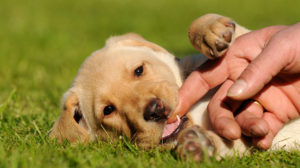
Dealing with an aggressive puppy is stressful and upsetting, but we can help you stop their barking, biting, chewing and bad behavior. Worrying you have
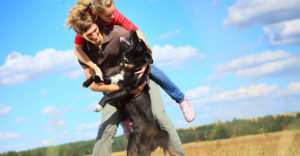
Liz London is a certified dog trainer through the Certifying Council of Professional Dog Trainers (CPDT-KA) & the Karen Pryor Academy (Dog Trainer Foundations Certification)

Here are 7 great ways to improve bad behaviors like door barging, in just a few days. We tend to think of dog training as

Expert Dog Trainer Liz London Brings You A Simple Yet Effective Guide To Successful Loose Leash Walking. Going for a walk with your dog is
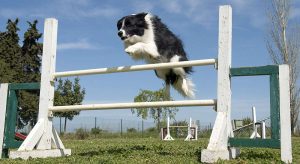
If you would like to know how to teach a dog to jump over obstacles or through hoops, or even in and out of the

Today’s article shows you three different but equally effective ways, to get your dog to lay down. You can choose the method which appeals to
Recommended: